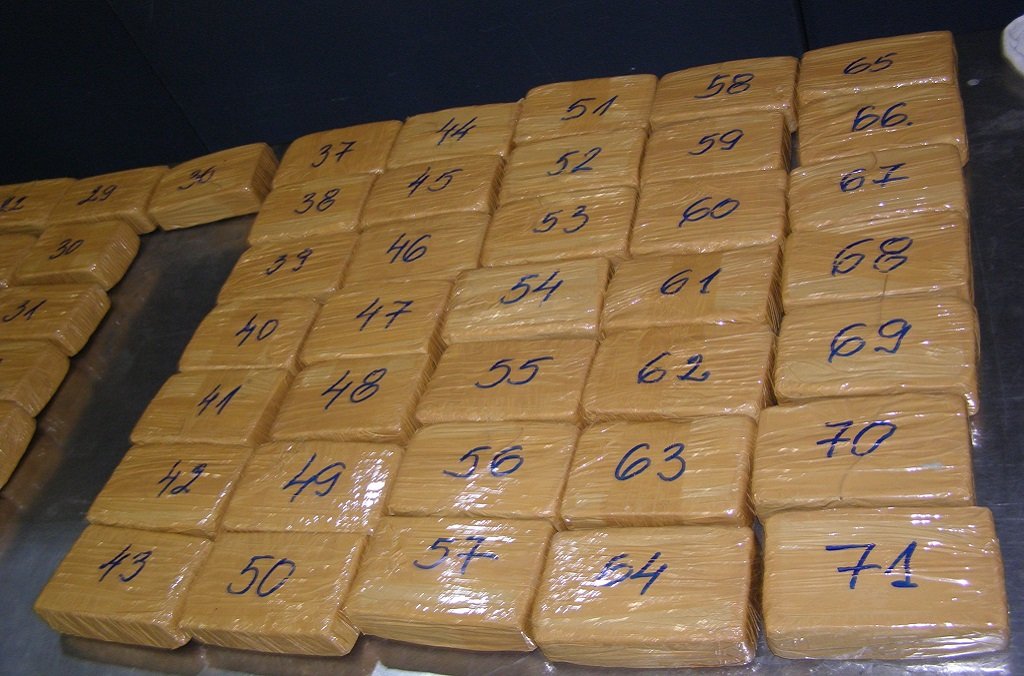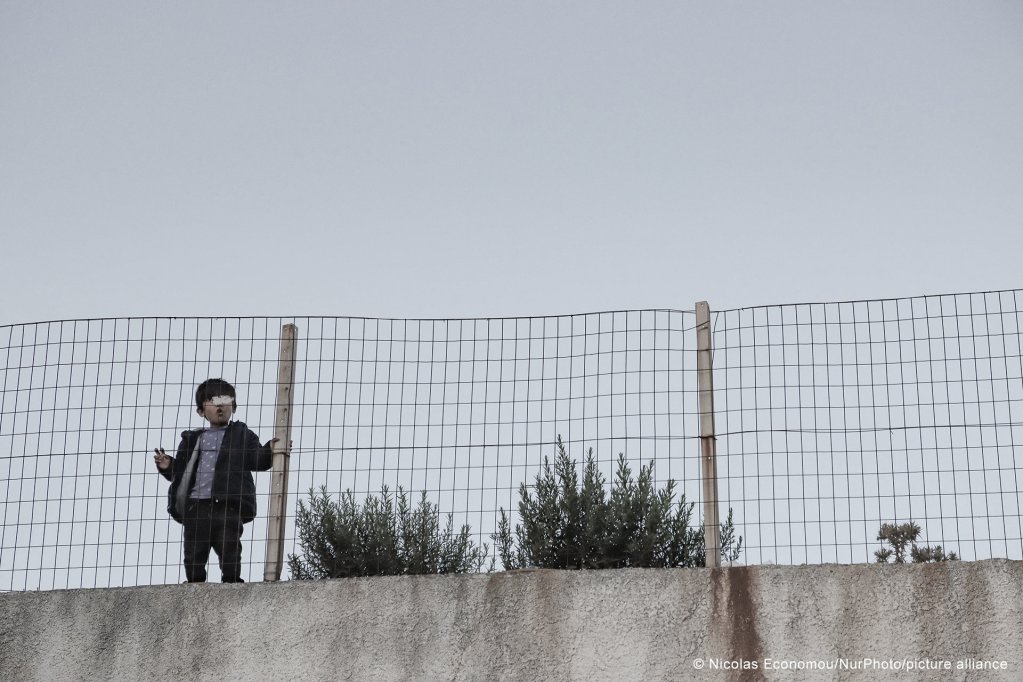An investigation conducted by reporters at The Guardian found that hundreds of unaccompanied child migrants across Europe are reportedly being forced to work for powerful drug cartels.
African unaccompanied child migrants are being forced into the European cocaine trade, according to an exclusive investigation published in the British newspaper The Guardian on Tuesday (June 11).
Cocaine gangs in Paris and Brussels, among other cities, are reportedly expanding Europe’s multi-billion-euro cocaine market using brutal methods, including torture and rape, to control their young victims, European Union police forces warn.
Police have reportedly identified the Moroccan "Mocro Maffia" as a major exploiter in the enterprise.
This organization comprises several of Europe’s largest cocaine trafficking cartels and works directly with South American producers. The group is believed to be active at the Belgian port of Antwerp, the primary gateway for cocaine into Europe.

According to a recent Europol report, the most dangerous criminal networks operate across borders. Members are usually from various countries within and outside the EU. Their criminal activities span multiple countries but are often confined to specific regions or a limited number of countries.
Some of the most dangerous criminal networks recruit from vulnerable populations, including minors, and exploit them for drug trafficking and other criminal activities. The tactic of involving children helps criminal networks evade prosecution and protect their core members and leaders.

The Guardian reported that the true number of migrant children involved could be in the thousands.
Police data indicates that 15,928 unaccompanied children arrived in Europe in 2022, many of whom later went missing.
In April, an international investigation by the journalist collective Lost in Europe found that nearly 47 unaccompanied child migrants vanish each day after arriving in Europe, totaling tens of thousands over the past three years.
Read more: More than 50,000 unaccompanied child migrants missing in Europe
Rising number of unaccompanied migrant minors
Data from Eurostat, the statistical office of the European Union, indicated that last year, 254,900 first-time asylum applicants were under 18.
This number accounted for around 24% of first-time asylum applicants recorded in the European Union. Most of the applications were from nationals of Syria and Afghanistan.
The European Union Agency for Asylum (EUAA) notes that conditions in departure countries may contribute to the number of unaccompanied minors who flee.
About 1 in 7 Afghan applicants and 1 in 8 Somali applicants were unaccompanied minors, while only 1 in 14 Syrian applicants were minors.
Read more: 'Thousands of kilometers alone': Unaccompanied child migrants arriving in Europe
Reasons for Fleeing
A recent report by the International Organization for Migration (IOM) detailed the experiences of 248 migrant children between the ages of 14 and 17 in Italy, Greece, and the Western Balkans.
Nearly half of the children who were interviewed had traveled alone and cited economic reasons and lack of basic services as their primary reasons for leaving their country of origin.
The survey results showed that children most commonly faced hunger, financial problems, lack of shelter and robbery. Over one-third reported experiencing physical violence. According to the IOM report, minors reported these negative experiences more frequently than adults, highlighting their increased vulnerability.

The children in the IOM report mostly arrived in Europe by sea through the central Mediterranean route (through Italy and Malta), the eastern Mediterranean route (Bulgaria, Cyprus, and Greece) or through the western Balkan route (Albania, Bosnia and Herzegovina, Kosovo, Montenegro, North Macedonia, and Serbia).
UNICEF estimated that 11,600 children crossed the Mediterranean to Europe in the first six months of 2023, nearly double the number reported in the same period of the previous year. Many were unaccompanied.
